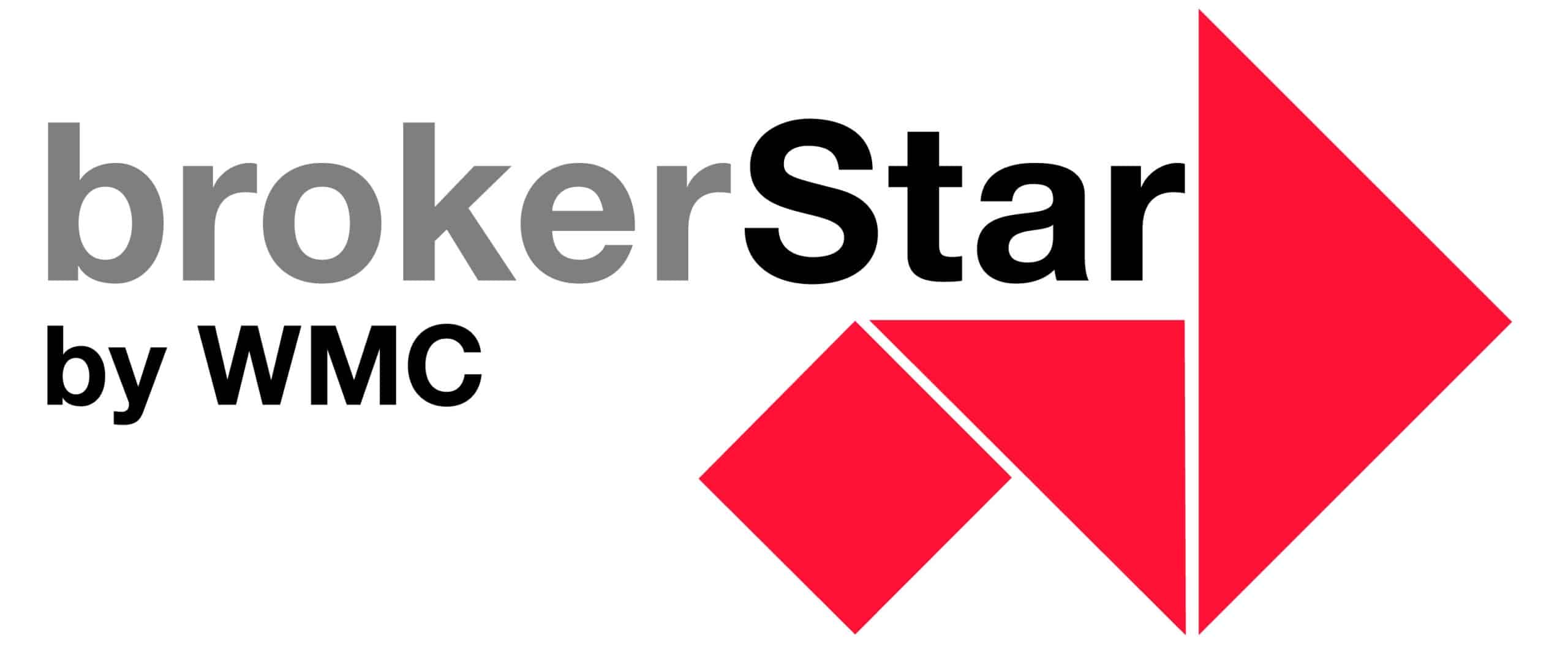Securing the Future: How Insurance is Driving the Growth of Renewable Energy
9 September, 2025 | Current General Video
Senior Underwriter Carl-Johan Silfwerbrand explains the crucial role insurance plays in driving the renewable energy revolution and why technical expertise is so important.
Carl-Johan Silfwerbrand, Senior Underwriter specializing in renewable energy, has 15 years of experience in insurance and a very good technical background. Carl-Johan holds an MSCEE degree from the prestigious KTH Royal Institute of Technology in Sweden and has worked in the construction of power plants in Latin America and in risk management for wind and solar farms worldwide.
“I tell my children that I am part of a big backup system that helps to build more wind turbines and solar plants,” he explains. “Banks provide the financing, but insurance companies give them the courage to finance these ambitious projects.”.
Risk management: more than just paperwork
Contrary to popular belief, Carl-Johan’s job is not just about signing contracts behind his desk. Although he spends much of his day in the office negotiating contract terms, analyzing risks and exchanging data, site visits are an important part of his work.
“When I visit a site, I’m never alone. I take an engineer with me,” he explains. “We inspect fire safety systems, evaluate operational processes and make sure employees know how to deal with exceptions and emergencies. It’s all about preventing breakdowns and fires so that the plants continue to run and generate revenue.”
This practical approach is essential, especially as Europe faces energy policy challenges with fewer reserve power plants and rising demand.
Why renewable energies? The perfect combination of growth and sustainability
Carl-Johan’s focus on renewable energies is determined by two factors: Environmental sustainability and cost efficiency. “Renewable energies such as wind and solar have a carbon footprint of almost zero and provide cheap electricity once installed,” he notes. “Of course, they are dependent on weather conditions, but they complement traditional energy sources well.”
In view of the accelerating energy transition, insurance plays a central role in managing the special risks of these new technologies.
The underwriter’s balancing act: responsibility and negotiation
What exactly does an underwriter do? Carl-Johan describes it as a balancing act with high stakes. “I sign contracts that represent a risk for the insurance company. If something goes wrong, we pay out large sums in compensation. So I have to make sure we insure the right assets at the right price without exposing the company to catastrophic losses.”
This responsibility goes hand in hand with compliance checks and working with a small but competent team. “It involves technical analyses as well as negotiations and yes, I also conclude the contracts.”
Navigating through complex global insurance landscapes
Insuring multinational renewable energy projects adds to the complexity. Different countries have different regulations, mandatory cover and tax rules. “Setting up international insurance solutions is a challenge,” says Carl-Johan. “I rely heavily on colleagues around the world to ensure compliance and effective insurance cover.”
Building customer partnerships through value-added services
In a highly competitive market, Carl-Johan emphasizes the importance of commitment and trust. “We not only offer insurance, but also advice on how to avoid breakdowns and losses. It’s a win-win situation with fewer claims for us and smoother operations for customers.”
The exchange of best practices and technical know-how strengthens relationships and differentiates insurers in a competitive market.
Using technology: AI, blockchain and more
Looking to the future, Carl-Johan sees technology as an important factor in the insurance industry. “We use chatbots, online platforms and mapping of natural disasters to manage volume and improve service.”
Blockchain is gaining traction in the management of transactions and risk sharing between insurers, especially for large multinational businesses. AI is helping to detect fraud and streamline processes, although the industry is still developing the use of these tools.
Concluding thoughts: The unsung backbone of the energy transition
Carl-Johan Silfwerbrand’s unique combination of technical understanding and underwriting expertise highlights the important but often overlooked role of the insurance industry in the renewable energy sector. By managing risk, advising clients and harnessing innovation, underwriters like him are contributing to a cleaner and more sustainable future.
For brokers operating in the growing renewable energy market, understanding this complex ecosystem is key to creating value and securing long-term partnerships.
Binci Heeb
Read and listen to: InsurTech as a bridge builder: Kobi Bendelak on Israel, Switzerland and new hubs
Suche:
Sponsoren:





Categories
- Blog (31)
- Company portraits (2)
- Current (216)
- General (195)
- Interviews (26)
- Jobs (1)
- Nicht kategorisiert (731)
- Podcasts (39)
- Video (15)